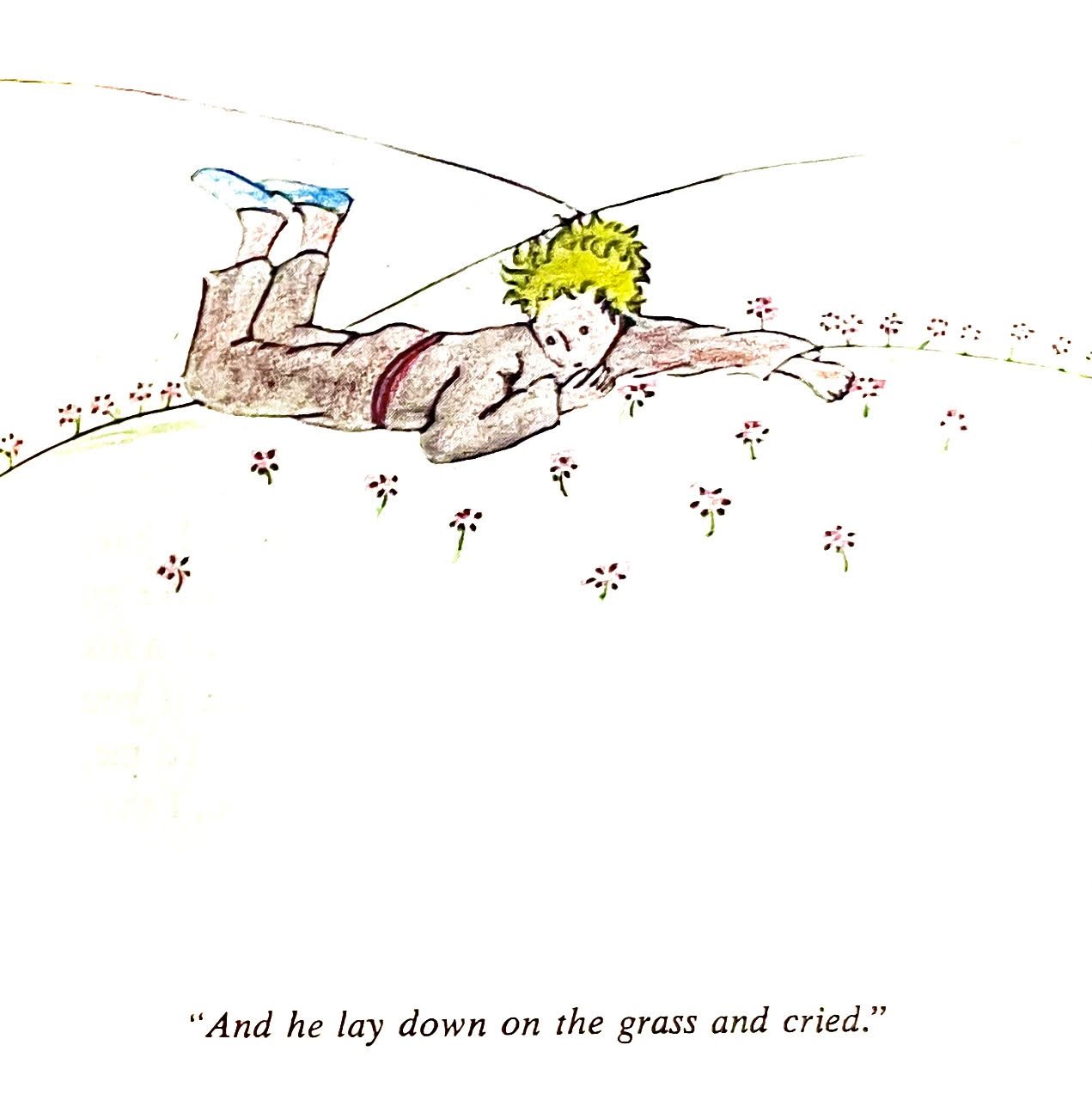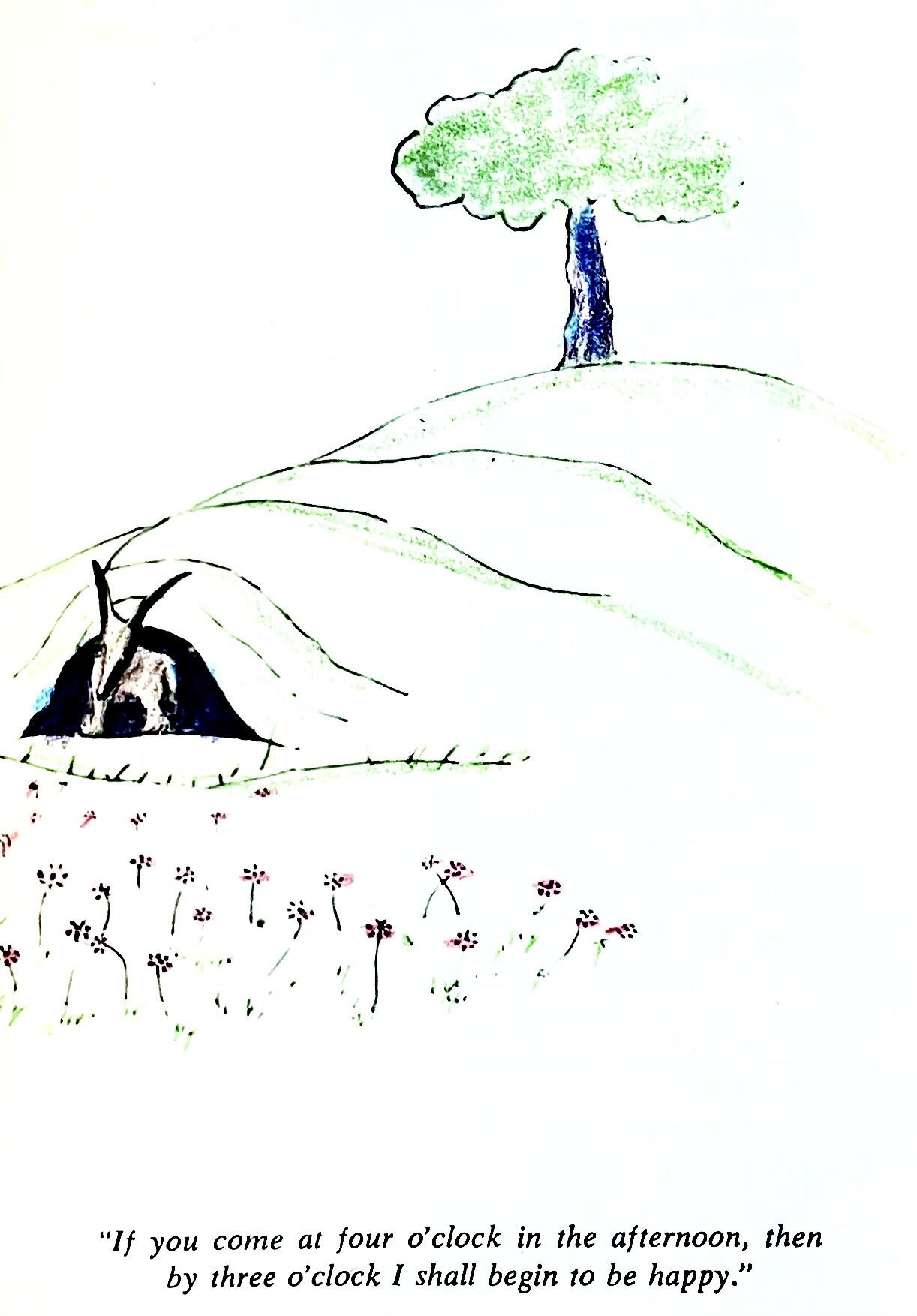Dear People, Neighbours, and Friends of St. Thomas’s,
Candlemas was this past week, and this year the second of February fell on a Wednesday. Looking at a calendar, that means that precisely four Wednesdays from Candlemas (since February has only twenty-eight days), we will be observing Ash Wednesday. In other words: Lent is coming!
This Sunday is the final Sunday before the “Gesimas,” the three Sundays that help us start the official countdown to Lent. These Sundays are often referred to as “Pre-Lent.” It is a getting ready for getting ready.
But to what purpose are we expected to ready ourselves? The upcoming Gesimas give us an opportunity to be intentional about what we might do to observe a holy Lent.
I’m used to hearing people talk about what they’re “giving up for Lent,” be that meat, or chocolate, or alcohol, or some other treat. But why “give up” anything at all? And is giving up something for Lent simply like making some sort of New Year’s Resolution, but one that (thankfully) has an Easter Vigil expiration date?
In Life in Christ, Julia Gatta writes of the three traditional disciplines of Lent: prayer, fasting, and almsgiving. Lent is about a lot more than simply giving up something for a few weeks. When it comes to prayer, it may mean taking something on. In the context of the most recent chapter we discussed on Thursday, “Sanctifying Time through the Liturgical Round,” the best candidate for taking on would be a renewed commitment to some form of daily prayer.
Over the next week or two, as we get into the Gesimas themselves, I will reflect on the traditional disciplines of fasting and almsgiving, but this letter will focus on prayer ….
Sometimes, heavy-duty topics are best addressed in simpler terms, and as I thought about what prayer, at its best, does, I was reminded of a passage from one of my favourite children’s books, The Little Prince, by Antoine de Saint-Exupery. For it occurred to me that there are many things prayer “does,” but all of them really have to do with something the little prince learns in the twenty-first chapter of this charming little book.
The two main characters, as you may recall, are a fox and a prince. At the end of Chapter 20, the little prince “lay down in the grass and cried” because he was alone. Chapter 21’s first line is “It was then that the fox appeared.” Although perhaps not intended as a religious allegory in quite the way that C.S. Lewis intended Aslan as a stand-in for Jesus in The Lion, the Witch and the Wardrobe, let us nevertheless imagine that you, dear reader, are the prince (or princess, or any rank lower than Her Majesty the Queen, for that matter), and that the fox is a stand-in for a particular desire, namely, the desire for God, which simultaneously manifests itself as God’s desire for you in Christ Jesus. The story continues with the prince (that is, with you) in a moment of loneliness and unhappiness, saying: “Come and play with me. I am so unhappy.”
“I cannot play with you,” the fox said. “I am not tamed.”
“Ah! Please excuse me,” said the little prince. But, after some thought, he added: “What does that mean—‘tame’?”…
“It is an act too often neglected,” said the fox. “It means to establish ties.”
“‘To establish ties’?”
“Just that,” said the fox. “To me, you are still nothing more than a little boy who is just like a hundred thousand other little boys. And I have no need of you. And you, on your part, have no need of me. To you, I am nothing more than a fox like a hundred thousand other foxes. But if you tame me, then we shall need each other. To me, you will be unique in all the world. To you, I shall be unique in all the world…if you tame me, it will be as if the sun came to shine on my life. I shall know the sound of a step that will be different from all the others.”
That is, just as Julia Gatta expresses that human beings are “a bundle of desires,” the desire for God isn’t automatically the highest or most acute desire we will feel in any given moment. In fact, such a desire is often jumbled up inside of us, mixed up with a hundred thousand other desires that we mistake for God, or that we attach to as a (poor) substitute for God. And at this point in the story, you must understand that God is playing “hard to get,” not because God does not simultaneously desire union with us, but because God knows this union simply isn’t possible without a reciprocal desire on our part, which must be expressed in an intention to establish ties with God, through prayer. With that aside, let us return to the dialogue:
The fox gazed at the little prince, for a long time. “Please—tame me!” he said.
“I want to, very much,” the little prince replied. “But I have not much time. I have friends to discover, and a great many things to understand.”
“One only understands the things that one tames,” said the fox. “Men have no more time to understand anything. They buy things all ready made at the shops. But there is no shop anywhere where one can buy friendship, and so men have no friends any more. If you want a friend, tame me…”
“What must I do, to tame you?” asked the little prince.
“You must be very patient,” replied the fox. “First you will sit down at a little distance from me—like that—in the grass. I shall look at you out of the corner of my eye, and you will say nothing. Words are the source of misunderstandings. But you will sit a little closer to me, every day…”
The next day the little prince came back. “It would have been better to come back at the same hour,” said the fox. “If, for example, you came at four o’clock in the afternoon, then at three o’clock I shall begin to be happy. I shall feel happier and happier as the hour advances. At four o’clock, I shall already be worrying and jumping about. I shall show you how happy I am! But if you come at just any time, I shall never know at what hour my heart is to be ready to greet you…One must observe the proper rites…”
“What is a rite?” asked the little prince.
“Those also are actions too often neglected,” said the fox. “They are what make one day different from other days, one hour from other hours.”
…So the little prince tamed the fox.
Or rather, as the astute reader will observe, the fox tames the little prince.
This little chapter from a children’s book perfectly sums up, in an allegorical way, why we are invited to observe rites such as the Daily Office, with Morning Prayer at 8:30 am (9:30 on Saturdays) and Evening Prayer at 5 pm (4 pm on Sundays). We find that by coming back on a regular basis to expressing our desire for God in a way that exhibits even the smallest intention to connect with God, God is more likely to tame us than if we approach our prayers without any fixed purpose or intention.


Above: Click the left and right arrows to scroll through three images of the little prince and the fox, hand-coloured by Fr. Humphrey in 1991.
Of course, the Daily Office isn’t the only way to do this. As the fox himself notes, “Words are the source of misunderstandings,” which is why contemplative prayer, such as the group that Fr. Brian Bartley leads, can be even more effective in making that connection. I am, as you may have noticed, a wordier and more distractable fellow than Fr. Bartley, so I need the crutch of the psalms, canticles, scripture readings, and prayers to lead me to a place of availability to God. And even when I don’t understand the words, or am disturbed by them (as we discussed on Thursday in the Life in Christ book study), just sitting with them, in perplexity and doubt, but with the desire to know God, is enough. Or at least it’s enough of a beginning.
And so as we approach the Gesimas, I invite you to consider what prayer discipline(s) you might take on – or renew – that have the potential to establish ties with God (and through God, with each other), what rites you might observe, whether corporately or alone, with a book or via Zoom, and how that might begin anew a lifelong process of allowing God to tame you. If it’s Morning Prayer, it’s only fifteen minutes or so a day. Yet it could make all the difference in the world.
Yours in Christ’s service,
N.J.A. Humphrey+
VIII Rector
Source: Cultural Services, French Embassy in the United States: https://frenchculture.org/events/11901-le-petit-prince-little-prince




